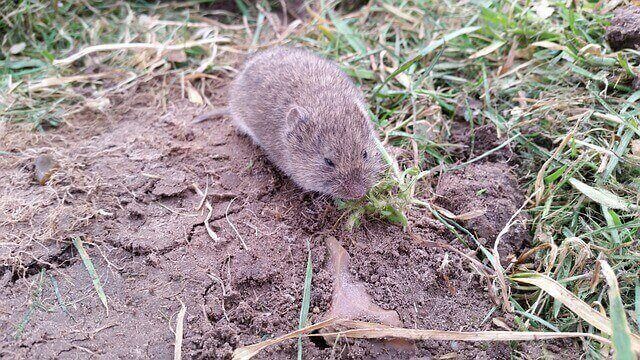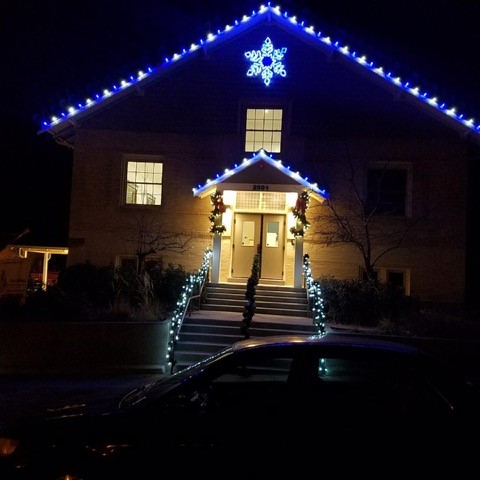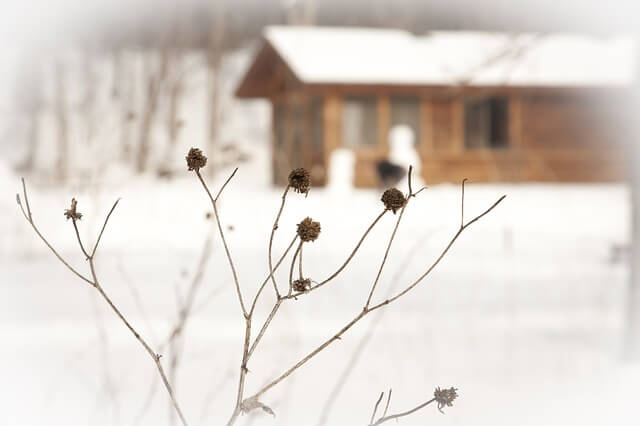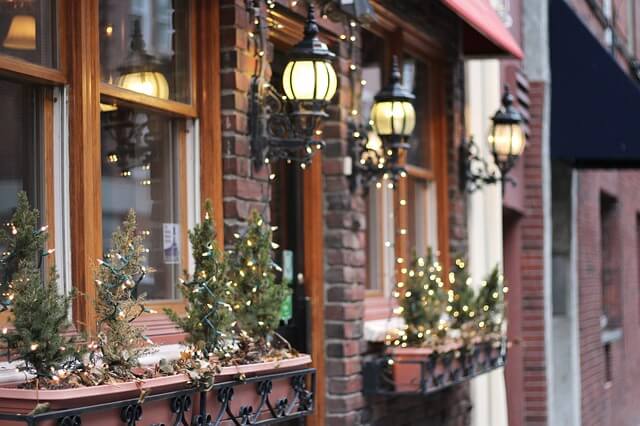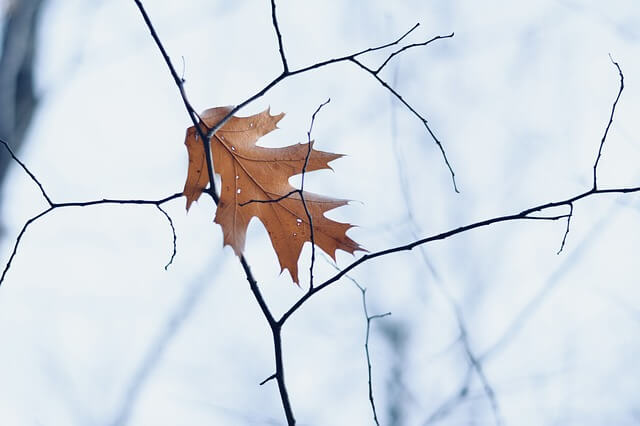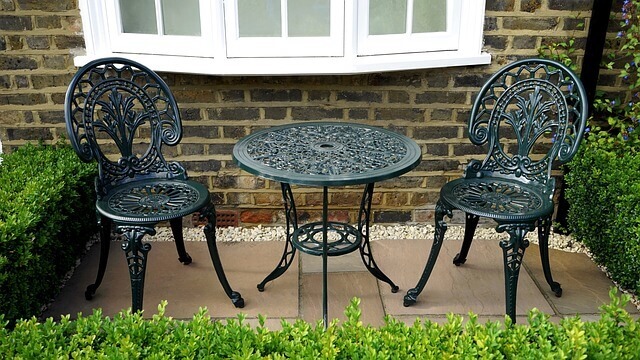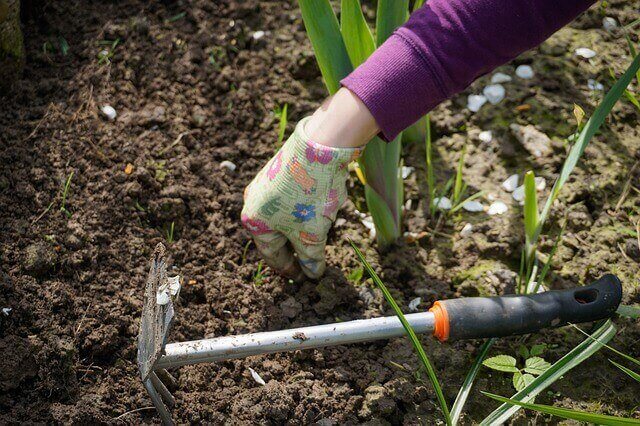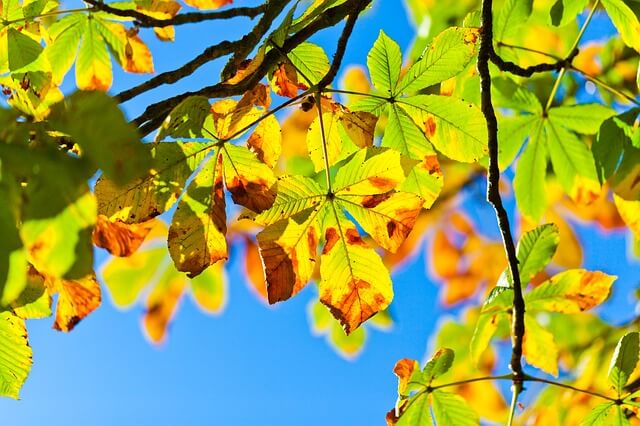Landscaping needs are typically highlighted in the fall and spring of the year but winter is fast approaching and also requires a significant and specialized focus to ensure quality growth and sustainability of certain lawn care essentials. The sheer vulnerability of grasses, plants, and trees during winter creates an immediate cause for concern but other items also present a serious threat to the well-being of nature’s foliage and proper Denver landscaping.
Whether you’re concerned about the possibilities of a potential negative outlook or appearance surrounding a home, office, personal business, or potential development opportunity; special considerations must be made. When prepping for winter in your landscape, one of the more common detriments is damage caused by wildlife and in particular, voles and squirrels.
Voles
Voles are small rodents that grow from three to nine inches in length and are members of the mouse family. Often confused with moles, the two animals not only have similar sounding names but also cause damage to landscapes in almost the exact same fashion.
Moles dig underneath the surface of the ground, creating an intersecting network of tunnels throughout a yard. Plush and fertile environments and well manicured lawns are often the best source of habitation as it provides the bugs and worms moles rely on for their diet. While these tunnels are not often visible to the eye upon initial observation, the soil becomes soft and squishy from the tunneling underneath while some raised areas may be present from a recent path.
On the other hand, voles create a potentially more problematic eyesore for landowners and those wishing to maintain a picture perfect landscape. Instead of tunneling underground, voles create paths along the surface of the soil making small ditch like runways over an inhabited area. These critters are also known to gnaw on roots, shrubs and trees, eating stems and grasses causing damage not only to the yard but any surrounding foliage as well.
Winter is an especially harsh season for vole damage as the snow covered ground makes noticing the paths created by vole movement more difficult since the rodents will burrow on top of the soil but underneath all of the snow. Also, plants are more susceptible to damage, already being in a vulnerable state due to the harsh weather conditions and then can be potentially hurt more from the diet of a vole.
Vole Removal
Managing voles in Colorado is an especially specific and timely task but can pay big dividends when properly maintained and executed. Eight different species affecting the state makes the task all the more daunting and regulates the approach needed for a specific area. Proper yard maintenance and upkeep with professional Denver landscaping help can assist in ensuring your yard doesn’t become a playground for voles or in the event removal of an infestation is needed.
There are three common practices involved in vole removal and prevention but every situation is unique and should be assessed accordingly. One factor in particular, is the size of the affected area and potential number of voles causing the unsightly damage to the property.
These three means of management include: repellents, trapping, and rodenticide.
Repellents – Other than urine smells of vole predators like fox and coyotes, three more common substances can be used as a potential vole repellent. Castor oil and hot sauce are two easily accessible items but depending on the area of infestation may not provide an ideal solution.
Thiram is a manufactured substance originally used in apple and wine farming to keep deer, rabbits, and rodents from the trees and produce. Use also applies to voles and should help protect both the surface area and any plants, shrubs, or trees that could potentially be harmed by a hungry vole. All of these repellents should also keep all plants, shrubs, and trees safe without causing harm during application.
Trapping – Similar to any rodent or mouse trap, the spring loaded traps can work on voles as well. However, these are preventative typically only after damage has been observed and then noting where traps should be placed.
Rodenticide – Finally, using a pesticide to kill the voles can be potentially dangerous to other surrounding wildlife and should not be administered without professional assistance. Application and effective use must take into account the potential risks and hazards associated with using this particular method.
Squirrels and Squirrel Removal
Squirrels are also members of the rodent family but not nearly as frequently associated with the mouse. There are two main types of squirrels relative to their more natural environment. Tree squirrels and ground squirrels both are common and can cause damage to plants and shrubs in their environment.
With strength in numbers, eliminating a squirrel population is extremely difficult as no real pesticide will do the trick and essentially, trapping and moving the pests is the best option but with so many it will require an inordinate amount of daily monitoring.
Squirrel tree damage is often caused by the animal gnawing on the bark or stripping a tree of its’ outer protective layers. These pests also can cause damage to ground shrubs and in particular gardens and plant bulbs.
A more common approach to preventing squirrel damage to ground plants is using a protective barrier to enclose potential plants and shrubs. Also, ensuring steps are being taken to prevent an inviting environment for the critters will also benefit limiting their opportunity to move in on a particular area.
If you’re landscape is suffering from vole damage or you just need to have a professional check a property for other reasons, let the certified professional arborists at American Arbor Care help. They can assist with any and all of your tree trimming, and debris removal needs, in addition to offering stump grinding and irrigation services. The experts at American Arbor Care have been proudly serving the Denver area for over 20 years and can set you up with an appointment or free estimate for any of their services. Contact us today online or call 303-639-8584 to get started right away!

